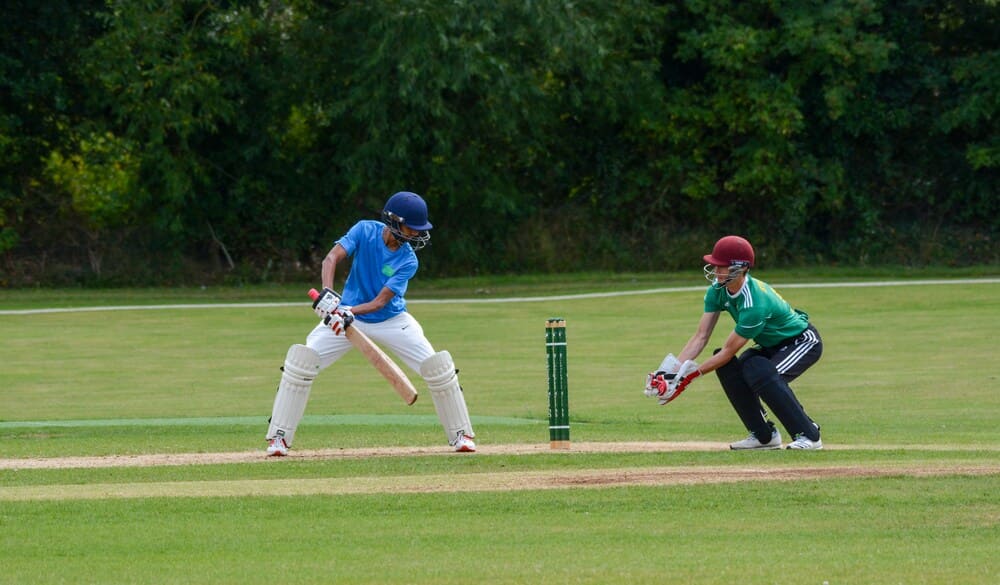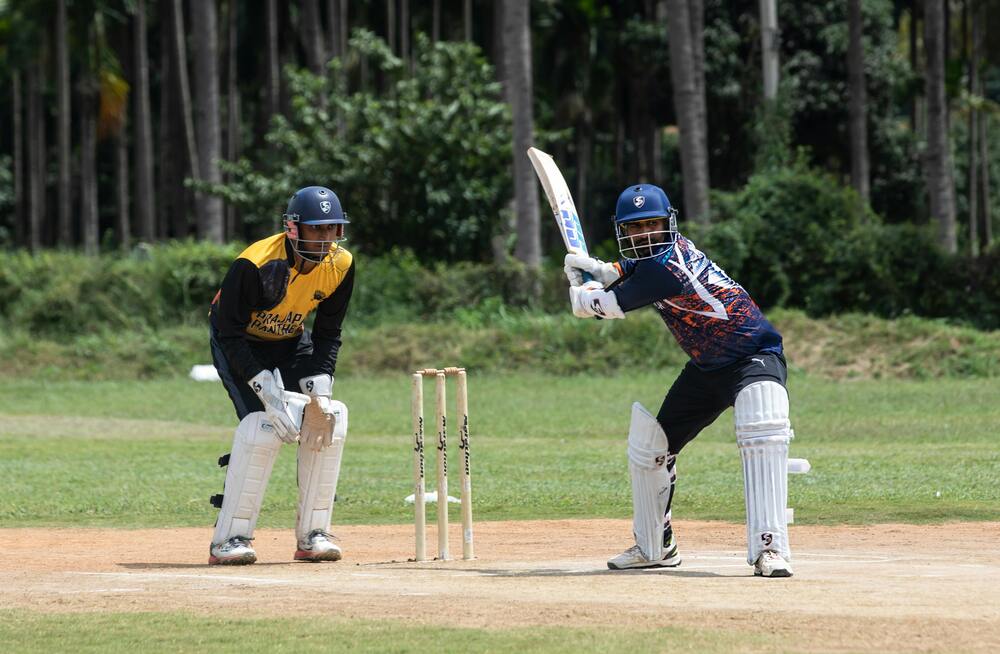Cricket, with its centuries-old traditions and deeply rooted cultural influence, has undergone a transformation unlike any other sport. Cricket began as a simple pastime on the grassy fields of rural England, but over time it has grown into a widely followed sport with a presence on nearly every continent, cutting across languages, borders, and cultures. The evolution of cricket has been marked by social changes, historical events, and innovations in technique and technology, all of which shaped the way the game is played and followed today.
Origins in English Pastures
The early history of cricket is somewhat clouded by lack of detailed records, but what is clear is that its roots trace back to southeast England during the late medieval period. Initially a children’s pastime, it gradually gained popularity among adults. By the 17th century, cricket had become entrenched in English society, particularly among the rural working class. Matches were often held between villages and funded by patrons who wagered on the outcome. These early games were informal, with underarm bowling, curved bats resembling hockey sticks, and no protective equipment.
During the 18th century, cricket attracted aristocratic attention. Wealthy patrons began forming private teams, often consisting of paid professionals. This transition marked the beginning of a more structured approach to the game. Clubs were established, and matches were organized with formal rules. The formation of the Marylebone Cricket Club (MCC) in 1787 was a pivotal moment. The MCC not only regulated the game but also compiled its laws, many of which still form the basis of the modern version.
The Rise of International Competition
The 19th century was a period of dramatic transformation. As the British Empire expanded, cricket traveled with it. British officials, soldiers, and merchants took the game to colonies in the Caribbean, Africa, Australia, and the Indian subcontinent. Though initially regarded as a colonial import, it was eventually embraced and modified by local populations, leading to distinctive national styles.
The first recorded international match took place in 1844 between the United States and Canada. However, the most meaningful milestone came in 1877, when England and Australia contested the first Test match in Melbourne. This marked the beginning of international Test cricket, a format that would dominate the sport for over a century. The Ashes series, which emerged from this rivalry, continues to be one of the most respected contests in the sport.
As cricket spread across continents, each region added its own flavor. In the Caribbean, flair and rhythm influenced both batting and bowling techniques. In the Indian subcontinent, cricket became intertwined with national identity and resistance to colonial rule. By the early 20th century, countries like South Africa, India, New Zealand, and the West Indies were regularly involved in Test matches, helping to establish the game as an international fixture.
Changing Formats and the Commercial Turn
Cricket, like all sports, has never been static. While Test matches remained central for many decades, the lengthy format posed challenges in terms of audience engagement. Matches lasting five days did not align well with the lifestyles and interests of a rapidly urbanizing and industrializing world. This disconnect prompted the introduction of shorter formats.
One Day Internationals (ODIs) emerged in the early 1970s, with the first official match played between Australia and England in 1971. Unlike Tests, ODIs were completed in a single day and featured a limited number of overs per side. The 1975 Cricket World Cup in England formalized this format and brought it to a global stage, captivating fans with high-intensity action and decisive outcomes.
The rise of color uniforms, white balls, and day-night matches revolutionized the presentation of the sport. Broadcasters and sponsors played a growing role, recognizing cricket’s capacity to attract massive audiences. The economic aspects became increasingly intertwined with the sport’s governance and expansion. Cricket boards began to prioritize revenue-generating formats, and players became celebrities with international appeal.
Then came the Twenty20 (T20) format in the early 2000s, further reducing the game to about three hours. Designed to fit neatly into an evening schedule, it was initially viewed by purists as a threat to traditional cricket. Yet it proved immensely popular, particularly among younger audiences. The success of India’s domestic T20 tournament, the Indian Premier League (IPL), showcased how this format could combine sport with entertainment, drawing enormous television ratings and financial investment.
A Truly Global Stage
While England remains the historical heart of cricket, the sport’s contemporary pulse beats strongest in South Asia. India, Pakistan, Bangladesh, and Sri Lanka have elevated cricket to almost religious fervor, turning international fixtures into occasions of national importance. In India alone, cricket matches can draw hundreds of millions of viewers, with corporate sponsorships and media rights forming a multi-billion-dollar industry.
Other regions have also carved out strong cricket identities. Australia and New Zealand have sustained their traditions of tough, no-nonsense cricket, backed by well-developed domestic systems. In the Caribbean, although regional teams have faced administrative and financial hurdles, their flair and legacy continue to inspire fans worldwide. Afghanistan’s emergence on the cricketing map is another compelling chapter, symbolizing resilience and passion against overwhelming odds.
Efforts to globalize cricket have included the formation of the International Cricket Council (ICC) and its various development programs aimed at supporting emerging nations. Countries such as Ireland, Afghanistan, Nepal, and the Netherlands have made strides in establishing competitive national teams. Moreover, initiatives like T20 leagues in the United States and Canada signal new horizons for the sport.
Technology has also influenced the global spread and modernization of cricket. Tools like Hawk-Eye, Snickometer, and ultra-edge have added layers of precision to decision-making. Digital streaming platforms have brought matches to fans in remote locations, expanding viewership beyond traditional boundaries. Social media enables players and teams to connect directly with fans, fostering deeper connections and broader awareness.
Looking Ahead
The evolution of cricket reflects broader patterns of social change, globalization, and technological progress. From its roots as a rustic pastime played on English greens, it has morphed into a global phenomenon embraced across cultures and continents. The game continues to adapt. Innovations in training methods, broadcasting, fan engagement, and governance point toward further transformations.
Still, the future of cricket is not without challenges. Balancing the preservation of its historic formats like Test cricket with the demands of modern audiences remains an ongoing tension. There are concerns about player workload, sustainability of domestic leagues, and the governance structures that dictate international scheduling.
Yet despite these challenges, cricket continues to thrive. The diversity of formats has made it accessible to a broad range of audiences, while the depth of its traditions provides a sense of continuity and identity. Whether it is a five-day Test match under overcast English skies or a high-scoring T20 contest in a packed Indian stadium, cricket retains a unique power to connect people.
Its history is not just about statistics or records but about the cultures, communities, and individuals who have shaped it. From a bat carved in a village workshop to the gleaming lights of a modern stadium, cricket’s transformation speaks of both continuity and change. Its story, written over centuries, is still being told, one match at a time.




